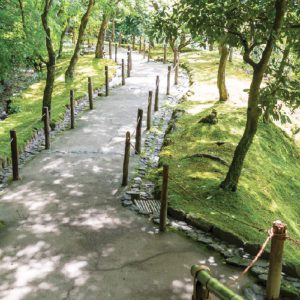Urban forest, green space, and habitat
One feature that makes Easton an appealing place to live is the presence of trees and parks throughout the city in addition to natural resources like the river front and beautiful trails in the surrounding area. These green spaces also play important roles providing habitat for native species and serving as a natural “sink” for carbon dioxide in the atmosphere. Increasing trees and green space can help Easton reduce the carbon dioxide that contributes to climate change while also becoming more resilient to the effects of climate change such as extreme heat and heavy precipitation, as vegetated areas reduce the urban heat island effect and need for air conditioning and absorb stormwater runoff. In addition, green spaces and trees are associated with improved physical and mental health, reduced stress, lower levels of crime, and increased property values.
- Continue to grow Easton’s urban forest.
- Continue to expand tree planting efforts along city streets and in parks, planning long-term for species that can tolerate future conditions.
- Consider city ownership of trees or programs to help residents pay for maintenance.
- Hold educational events and distribute information about choosing appropriate tree species for a given space and the benefits of trees including reduced energy costs.
- Increase and enhance Easton’s green space for the benefit of both native species and Easton residents.
- Promote alternatives to mowing including meadows, native plants and trees.
- Celebrate and protect Easton’s distinct waterfront by enhancing river access point, connecting the riverfront to downtown and maintaining riparian areas.
- Provide education to residents and property owners for projects that support native habitat and pollinator centers.
- Consider new development impact on green space and encourage higher density and mixed use development and the maintenance of green space in vacant lots rather than new construction.
- Prioritize purchasing and converting flood prone properties to natural or park land.
- Engage in regional discussions about construction of large distribution centers and warehouses to address environmental concerns related to energy, transportation, air quality and stormwater.


